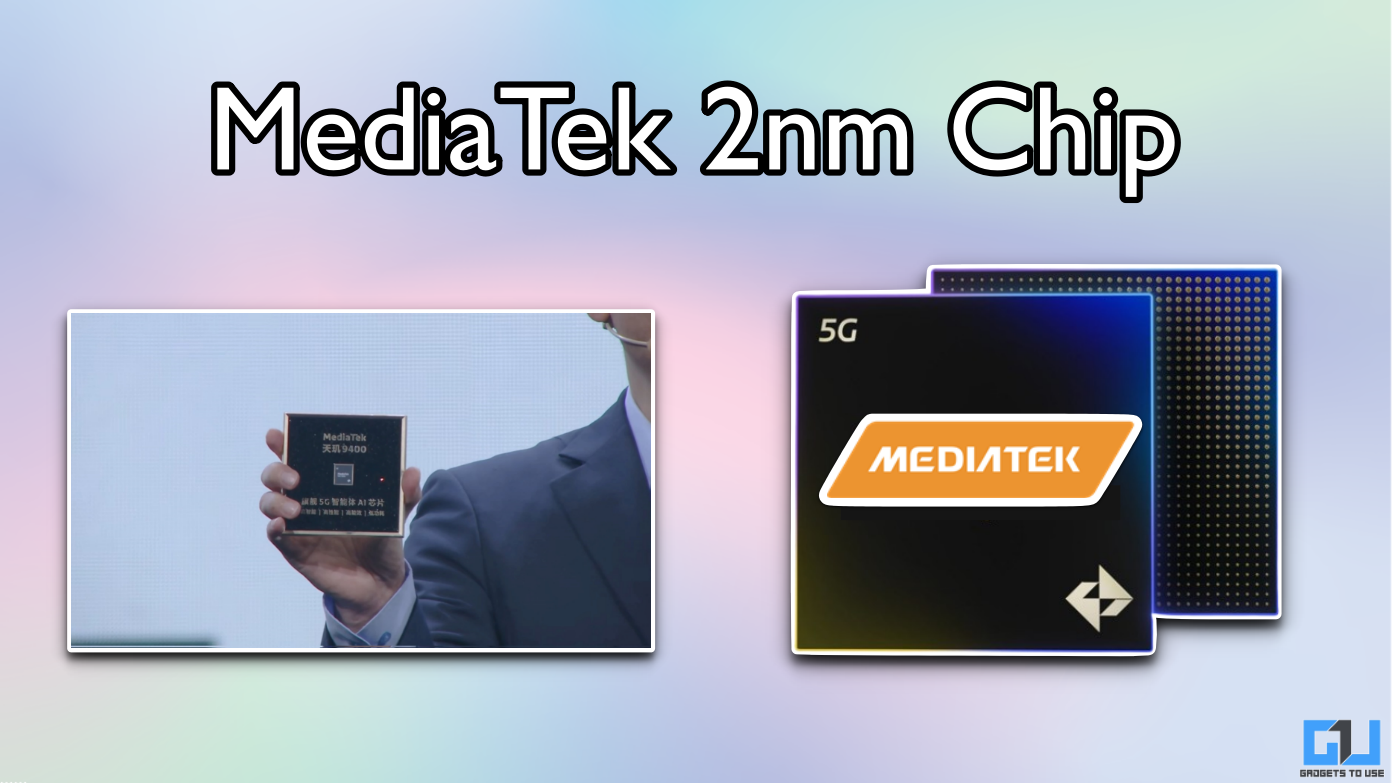Quick Answer
- We don’t have exact data about the cost of the processor, but we believe the new technology may impact the cost of the production of processors, which may eventually hike the cost of the phones.
- Therefore, it is no brainer that the race to increase the screen-to-body ratio is going to impact the price of flagships in 2017.
- Therefore, there is a bright chance for at least an incremental raise in the price of the flagships.
We have recently reported that as per a leak the Samsung Galaxy S8 may cost as high as Rs. 63,500 and S8 Plus may start at Rs. 70,350. To put in perspective, Galaxy S7 launched in India for Rs. 48,900 and Galaxy S7 Edge for Rs 56,900. If the rumors turn out to be true, then it will be a giant leap in pricing.
What is the probability of radical price shift?
Battle to increase screen-to-body ratio
Xiaomi took the smartphone world by storm by launching Mi Mix with a whopping 91.3 percent screen-to-body ratio. The phone is an epitome of the designs found on the smartphones. It set a benchmark, and all other companies are going to join the bandwagon to achieve it. However, this engineering marvel is not only a daunting task to accomplish but also increases the overall cost of production. The cost of Mi Mix substantiates our claim; it is the costliest phone Xiaomi ever sold. It is 50% expensive than Xiaomi Mi5s, which sports similar hardware. Therefore, it is no brainer that the race to increase the screen-to-body ratio is going to impact the price of flagships in 2017.
Increase in the cost of hardware
Qualcomm, Samsung, MediaTek are using 10nm FinFet process technology to manufacture their next-generation processors that will be powering 2017 flagships. Chips at the 10nm size have a significantly smaller footprint than their 14nm predecessors, which is going to free up some space so that OEMs can either incorporate larger batteries or go for slimmer phones. However, 10nm FinFet technology doesn’t come cheaper. It is relatively complex and needs considerable investment to upgrade the existing foundries. We don’t have exact data about the cost of the processor, but we believe the new technology may impact the cost of the production of processors, which may eventually hike the cost of the phones.
Investments on AI and VR
AI and VR the present buzzwords in the tech industry. Chinese OEMs like Xiaomi, OnePlus, and LeEco are launching phones that perform more or less similar to the flagships from tier one manufacturers like Samsung, Huawei, Sony, Apple, HTC, and LG. It is urging tier one OEMs to invest in lump sums to pave way for next generation technologies like AI, VR, 4K screens, dual cameras, etc. so that they can differentiate their phones to convince the buyers to bet on them. To quote an example, Samsung is planning to create its own personal assistant. However, in the process OEMs are bleeding money, which may persuade them to increase the prices.
Conclusion
The innovation in the smartphone industry has reached the saturation point. Any step forward will need hefty investments in R&D. Therefore, there is a bright chance for at least an incremental raise in the price of the flagships. If you are planning to buy a flagship from tier one manufacturers in 2017, you better brace yourselves to invest more.













